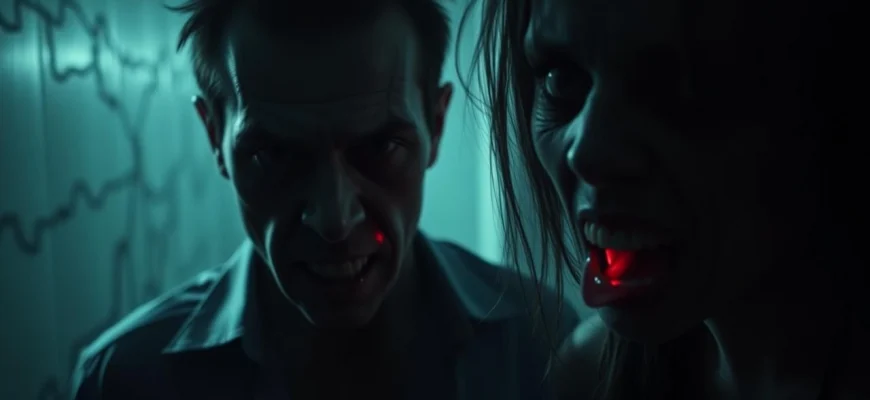If you enjoyed the psychological horror and unsettling atmosphere of 'Smile' (2022), you're probably craving more films and shows that deliver the same spine-chilling thrills. This article curates 10 similar titles that will keep you on the edge of your seat, blending psychological terror, eerie visuals, and gripping narratives. Whether you're a horror enthusiast or just looking for your next binge-worthy scare, this list has something to unsettle and captivate you.
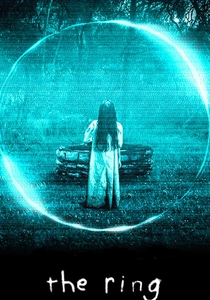
The Ring (2002)
Description: 'The Ring' pioneered the concept of a curse that spreads through media (like the smile in 'Smile'), with both films featuring investigators racing against time to understand and stop a supernatural phenomenon. The eerie visuals and the theme of unavoidable doom connect these films. Both use technology as a vector for horror.
Fact: The American remake was shot in just 45 days. Naomi Watts' breakout Hollywood role. The well set was built on a soundstage with real water.
 Watch Now
Watch Now 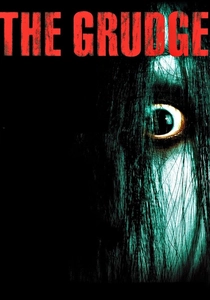
The Grudge (2004)
Description: Like 'Smile', 'The Grudge' features a curse that spreads through witnessing traumatic events, with the supernatural horror representing unresolved trauma. Both films use disturbing facial expressions (the Grudge's death rattle vs. Smile's grin) as key horror elements. The non-linear storytelling in 'The Grudge' creates a similar sense of disorientation to 'Smile's' psychological unraveling.
Fact: The first American film to be directed by Japanese horror maestro Takashi Shimizu. The hair sound effect was created using wet spaghetti. Sarah Michelle Gellar broke two ribs during filming.
 Watch Now
Watch Now 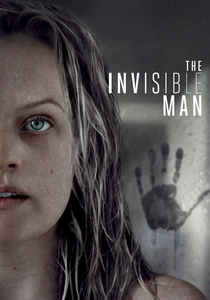
The Invisible Man (2020)
Description: Like 'Smile', 'The Invisible Man' deals with gaslighting and psychological torment, where the protagonist struggles to prove the reality of her experiences. Both films feature female leads battling unseen forces that others dismiss as mental illness. The tension comes from the uncertainty about whether the threat is supernatural or psychological.
Fact: Originally conceived as part of Universal's Dark Universe. The empty suit effects were achieved practically, not with CGI. Elisabeth Moss did many of her own stunts.
 Watch Now
Watch Now 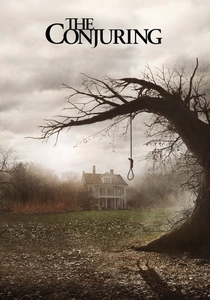
The Conjuring (2013)
Description: While more traditional in its horror approach, 'The Conjuring' shares with 'Smile' the theme of a malevolent entity that attaches itself to individuals and spreads its influence. Both films use jump scares effectively while building psychological tension. The investigation of supernatural phenomena connects these stories.
Fact: Based on real-life paranormal investigators Ed and Lorraine Warren. The clap scene was improvised by Patrick Wilson. It spawned the most successful horror franchise of the 2010s.
 Watch Now
Watch Now 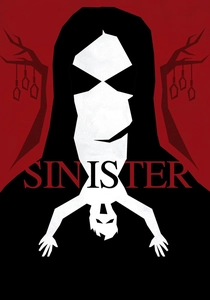
Sinister (2012)
Description: 'Sinister' shares with 'Smile' the concept of a curse that spreads through witnessing traumatic events. Both films feature investigators uncovering a dark supernatural truth, with the horror escalating as they learn more. The found footage elements in 'Sinister' create a similar sense of unease to the disturbing smiles in 'Smile'.
Fact: Ethan Hawke was initially reluctant to do a horror film. The creepy home movies were inspired by real snuff film myths. The film's demon Bughuul was based on Mesopotamian mythology.
 Watch Now
Watch Now 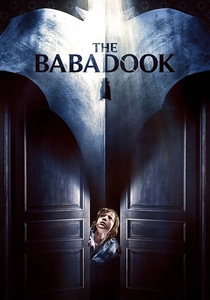
The Babadook (2014)
Description: Similar to 'Smile' (2022), 'The Babadook' explores psychological horror through the lens of trauma and grief. Both films use supernatural elements as metaphors for mental health struggles, creating a deeply unsettling atmosphere. The protagonists in both films are haunted by entities that seem to feed on their emotional pain, blurring the line between reality and hallucination.
Fact: The Babadook was director Jennifer Kent's debut feature film. The creature design was inspired by German Expressionist cinema. The film was selected as Australia's official submission for the Best Foreign Language Film Oscar.
 Watch Now
Watch Now 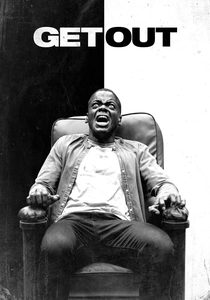
Get Out (2017)
Description: While more socially conscious than 'Smile', 'Get Out' shares its psychological horror elements and themes of unseen forces manipulating the protagonist. Both films use horror as a metaphor for real-world anxieties, with 'Get Out' addressing racism and 'Smile' tackling mental health. The slow realization of the protagonist that something is deeply wrong mirrors the narrative structure of 'Smile'.
Fact: Jordan Peele's directorial debut. The film won the Oscar for Best Original Screenplay. The sunken place was inspired by a 'Key & Peele' sketch.
 Watch Now
Watch Now 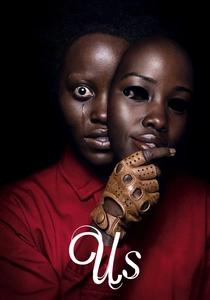
Us (2019)
Description: 'Us' shares with 'Smile' the concept of a doppelgänger or mirror version of the protagonist representing their trauma. Both films explore the idea of something hidden within a person manifesting externally. The psychological horror elements and the theme of inherited trauma connect these films, though 'Us' takes a more literal approach with its tethered concept.
Fact: Lupita Nyong'o based the Red voice on Robert F. Kennedy Jr.'s spasmodic dysphonia. The film's title has multiple meanings, including 'United States'. The scissors were inspired by Edward Scissorhands.
 Watch Now
Watch Now 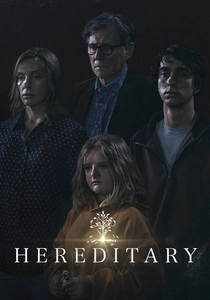
Hereditary (2018)
Description: Like 'Smile', 'Hereditary' is a psychological horror film that deals with inherited trauma and the breakdown of a family unit. Both films feature disturbing imagery and a slow-burn approach to horror, gradually escalating the tension until the terrifying climax. The theme of mental illness manifesting in supernatural ways is central to both stories.
Fact: Toni Collette's performance was widely praised but controversially not nominated for an Oscar. The miniature houses in the film were all built by hand. Director Ari Aster based some elements on his own family experiences.
 Watch Now
Watch Now 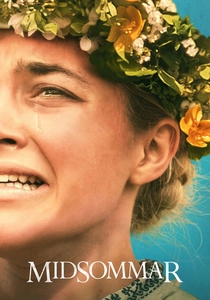
Midsommar (2019)
Description: Sharing 'Smile's' focus on psychological unraveling, 'Midsommar' explores trauma through the lens of a cult-like community. Both films use bright lighting (unusual for horror) to create discomfort, and both feature protagonists whose mental states deteriorate throughout the narrative. The themes of grief and isolation connect these films deeply.
Fact: Florence Pugh learned Swedish for her role. The film was inspired by a real Swedish midsummer festival. Director Ari Aster originally conceived it as a comedy.
 Watch Now
Watch Now 
